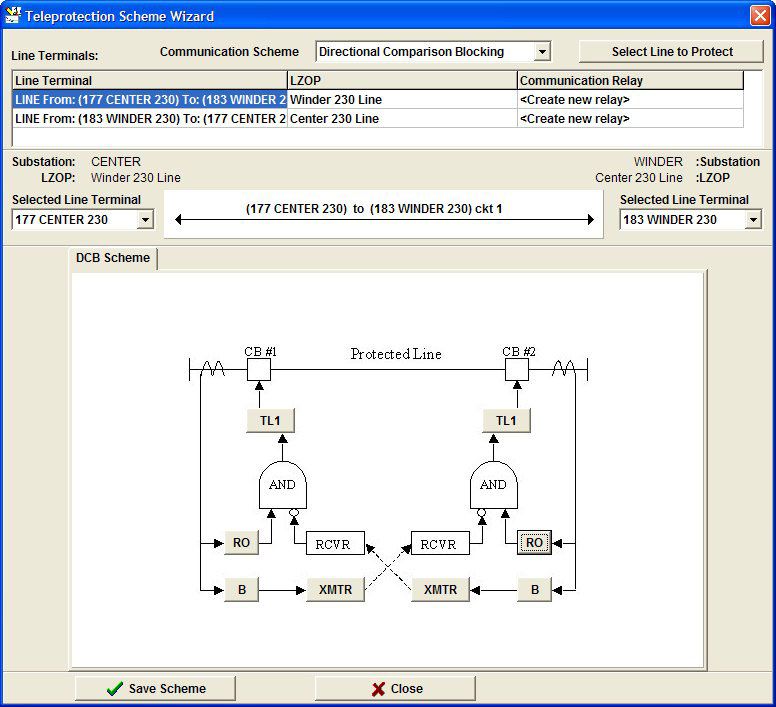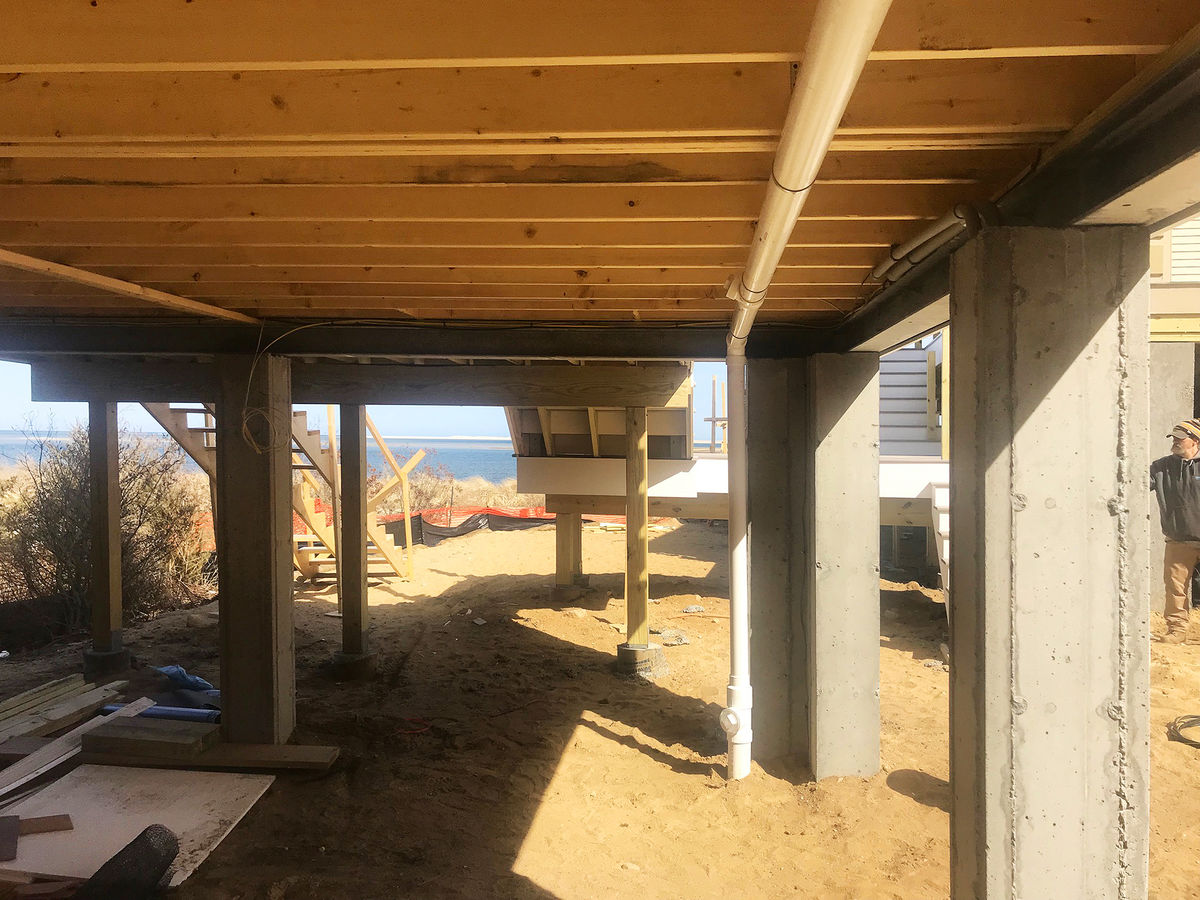Distribution Analysis
(CYMDIST) | To perform several types of analysis on balanced or unbalanced three-phase, two-phase and single-phase systems that are operated in radial, looped or meshed configurations. CYMDIST includes a full Network Editor as well as
- Unbalanced load flow
- Comprehensive fault flow analysis
- Load balancing
- Load allocation/estimation
- Optimal capacitor placement |
| Advanced Project Manager | Supports the collaborative and detailed preparation of a project that consists in modifications to the network with related simulations. |
| Automated Network Forecast Analysis | To create, view and modify time-dependent projects (using the CYME Advanced Project Manager) consisting in modifications to the network such as the addition of any load at a given date, change/replacement of power transformers within a substation, a rephasing/reconductoring project, network switching or reconfiguration, etc. |
| Steady State Analysis with Load Profiles | To perform accurate time range analysis based on a combination of AMR data and historical consumption patterns. |
| Distribution State Estimator | To analyze the unbalanced power flow and the voltages at every level of a distribution power system. |
| Reliability Assessment | Provides a framework within which predictive and historical reliability assessment scenarios are run and the impacts of the related investment such as DA (Distribution Automation) can be evaluated and understood. |
| Techno-Economic Analysis | Facilitates the evaluation of the feasibility and the profitability of a project based on the factual system model. |
| Transient Stability | To simulate the dynamic behavior of distribution systems with distributed generation under various transient events (fault application/clearing, large motor starting, disconnection of co-generation units, islanding, etc.) |
| Harmonics | Performs harmonic penetration analysis in electric power systems. It features single phase and full three-phase modeling capabilities and includes a large library of pre-defined models for network equipment and harmonic current sources.
The Frequency scan capability included in this module is also available as an independent module. This analysis provides full impedance scan results and allows the user to see problematic areas even before installing harmonic devices. |
| Long-Term Dynamics Analysis | Time-series simulation to study the impact of irradiance variations, wind fluctuations and load variations on network controls such as regulators, load tap changers and switched capacitors, and on the behavior of battery energy storage devices. |
| Integration Capacity Analysis | Addresses DER and load interconnection issues by determining the maximum allowable capacity that can be added at any point of the network without violating a set of constraints. Allows to quickly assess the hosting capacity of the network and filter out interconnection requests that are non-compliant. |
| EPRI DRIVE™ | The calculation method provides aggregate and granular hosting capacity results for each distribution feeder and considers numerous circuit-specific attributes. |
| DER Impact Evaluation | Assists engineers in their generation interconnection system impact studies. The analysis automates a series of time-consuming, repetitive and error-prone verifications and returns insightful results that clearly identify violations. |
| Network Disturbance Assessment D-A-CH-CZ | To determine the acceptability of a new load or generator interconnection by evaluating its impact on a series of power quality criteria. |
| Distance Protection Analysis | Helps engineers design and verify their protection scheme, and address different coordination issues in any power system. |
| Volt/VAR Optimization | Module that assists in finding optimal settings for Volt/VAR control devices to optimize distribution networks. |
| Optimal Voltage Regulator Placement | Allows the installation of voltage regulators at optimal locations on a distribution feeder. |
| Optimal Recloser Placement | Designed to help engineers handle the complexity of the system reliability improvement issue. |
| Arc Flash Hazards | To analyze and promote the electrical safety for employees working on or near electrical equipment. It computes the necessary parameters required to assess the risk level and adopt the adequate safety procedures.
Two modules are available to address specific needs. One for distribution networks, with arc flash hazards calculations based on the NESC© 2007 standard, and the second one based on the NFPA-70E© and IEEE-1584™ standards to analyze arc flash hazards in industrial power networks. |
| Motor Starting | For the dynamic, locked rotor and maximum start size analyses dedicated to simulating the effects of induction and synchronous motor starting in three-phase electric power systems. |
| Load Flow Contingency (N-p) | To assist in power flow related static contingency analysis. To create contingency events and single- or multiple-outage scenarios and compare to a base case. |
| Protective Device Coordination | The module provides engineers with a wide range of tools to efficiently and accurately design and validate the coordination scheme of their power system. |
| Network Configuration Optimization | Assists in determining the optimal feeder configuration that will minimize losses, improve the voltage profile and balance the load between feeders. |
| Contingency Assessment and Restoration | To study the impact of forced or planned outages on the electrical distribution system and find the optimal switching plan to restore electrical power to priority customers and to recover the maximum possible load in the affected areas. |
| Enhanced Substation Modeling | To model all the major components of the distribution substation and any sub-network such as the detailed modeling of an industrial facility. |
| Secondary Grid Network Analysis | Allows the Power Flow and Short Circuit analyses of heavily meshed secondary grid network distribution systems for any voltage level. |
| Low-Voltage Secondary Distribution Modeling | Functionality to model in detail low-voltage distribution systems within a one-line diagram. |
| Geographic Overlay | To display raster or vector map images (geographical land-base such as DWG, DXF, SHP, etc) as layers directly underneath the electrical model. |
| Online Maps Service | Provides the capability to display Google™ maps and MapQuest™ Open maps as layers underneath the geographical view of your electrical network model. |


